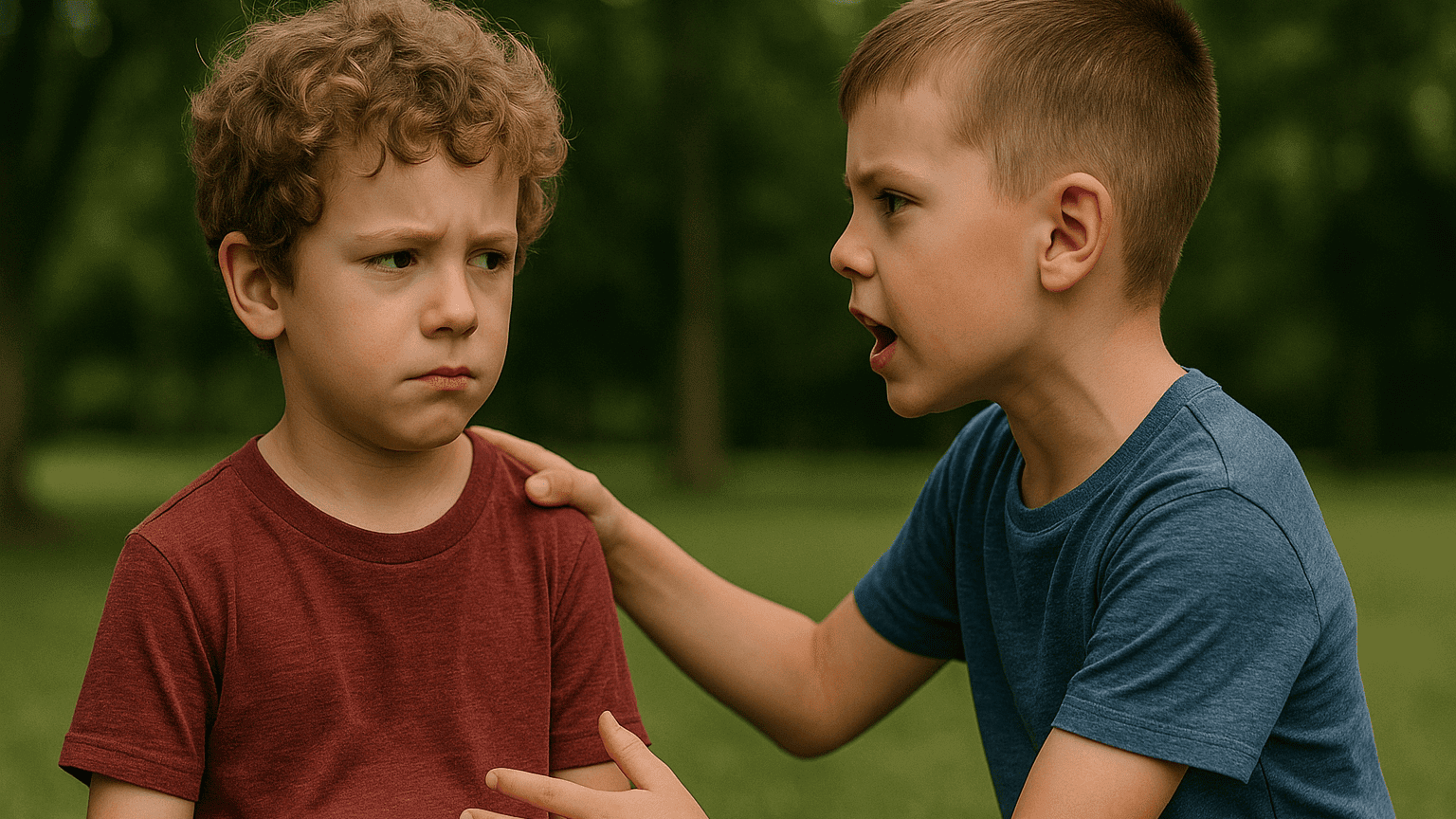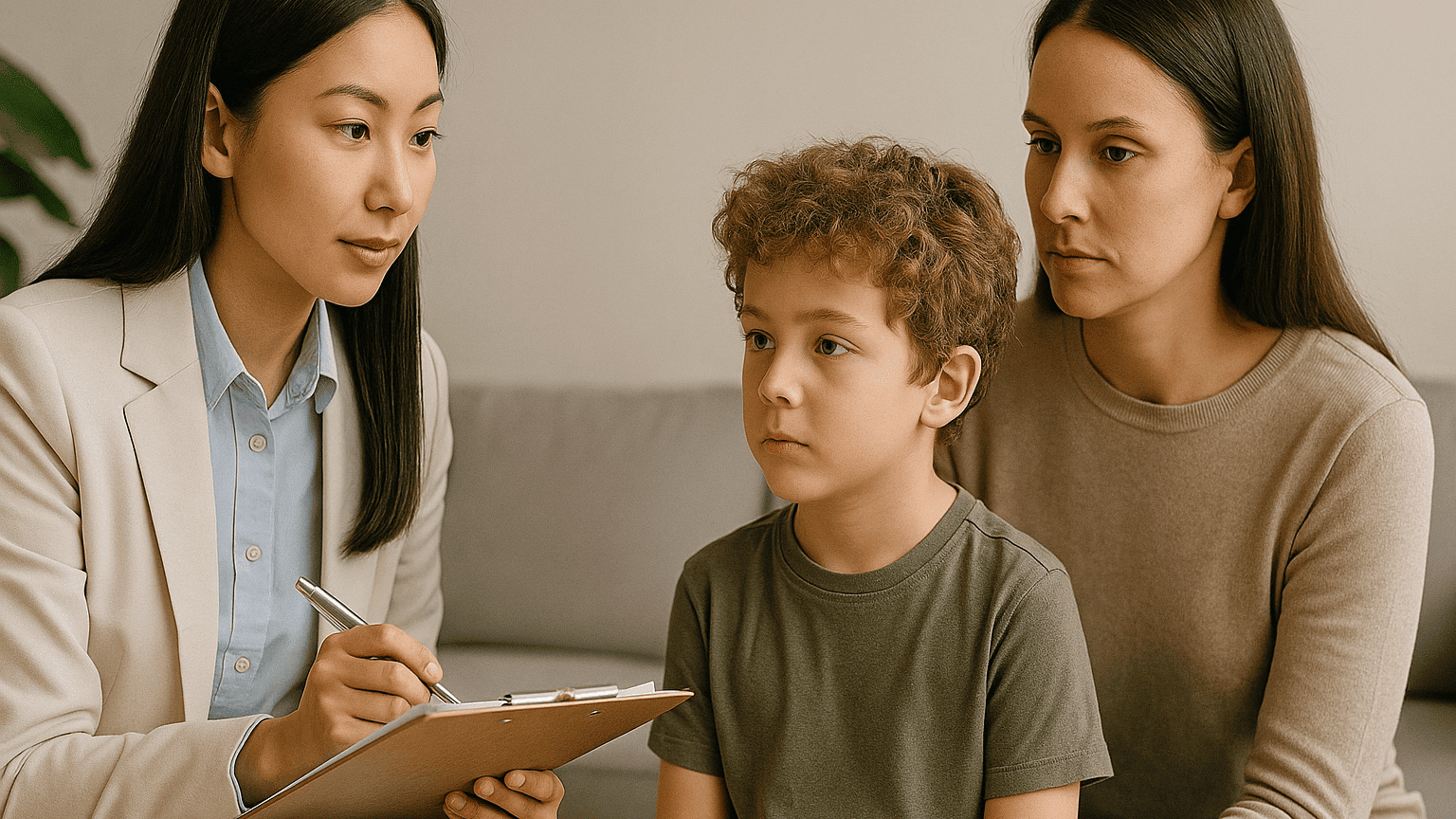5 Keys: The Differences Between Autism and ADHD in Children That Parents Should Know
Autism and ADHD in children. In the world of child development, two terms that often confuse parents are autism and ADHD. Both are neurodevelopmental conditions that affect how children learn, behave, and interact. However, understanding the differences between autism and ADHD in children is crucial to ensure the right support and approach are given.
While they may appear similar at first glance because of overlapping behavioral challenges, the differences between autism and ADHD become clear with closer observation. This article helps parents identify the key traits of each condition and how to distinguish them in daily life.
1. Differences in Social Interaction

One of the most noticeable differences between autism and ADHD in children lies in how they interact with others. Children with autism often struggle to understand facial expressions, body language, or social norms. They may seem less responsive during conversations or appear to live in their own world.
On the other hand, children with ADHD usually want to engage socially but often interrupt, speak out of turn, or have trouble listening. Here, the differences between autism and ADHD are not just about social interest but also about how children manage their interactions.
2. Focus and Attention
Another key difference between autism and ADHD in children is how they focus. Children with ADHD have a hard time staying on task, are easily distracted, and often switch activities without finishing them.
In contrast, children with autism can be deeply focused on a specific interest for long periods. This is often called “hyperfocus,” especially on topics like numbers, vehicles, or patterns. The differences between autism and ADHD here show opposite tendencies in attention and focus.
3. Behavior Patterns and Routine

Children with autism often need consistent routines. Even small changes can cause stress or emotional outbursts. They may also engage in repetitive behaviors like hand flapping, spinning objects, or walking in a specific pattern.
Meanwhile, children with ADHD tend to be more impulsive and enjoy change. They may make decisions without thinking and struggle to follow consistent rules. The differences between autism and ADHD in children become clear in how they respond to structure and routine.
4. Language and Communication
Language development is another area where the differences between autism and ADHD stand out. Children with autism may have delayed speech or unusual speech patterns, such as repeating words or speaking in a flat tone. They might also prefer gestures over words.
In contrast, children with ADHD usually have age-appropriate language skills but may talk excessively, interrupt others, or have trouble listening. These differences between autism and ADHD in children affect both verbal and nonverbal communication.
5. Response to the Environment
Children with autism are often sensitive to bright lights, loud sounds, or certain textures. They can become overwhelmed easily by sensory input. On the other hand, children with ADHD often seek out stimulation and may appear constantly active or restless.
Recognizing these differences between autism and ADHD helps parents adjust their child’s home or school environment to better support their needs.
Diagnosis Requires Professional Evaluation

While this article highlights the differences between autism and ADHD, it is important to remember that only a licensed professional, such as a child psychologist, psychiatrist, or developmental pediatrician, can make a formal diagnosis. Some children may show traits of both conditions, so a proper clinical assessment is essential.
The Right Support Can Help Children Thrive

Once the differences between autism and ADHD in children are understood, the next step is to provide the right support. Behavioral therapy, occupational therapy, and counseling can help children manage their emotions, improve social skills, and adapt to daily challenges.
How Coding Helps Support Children’s Development

Ingin tahu detail program?
For children with special needs like ADHD or autism, structured and creative activities can be especially beneficial. One such activity is learning to code. At Timedoor Academy, kids can join engaging, structured coding classes that encourage focus, problem-solving, and self-confidence through real digital projects.
Try a free coding class at Timedoor Academy and discover how technology can be a powerful and fun learning tool for your child.